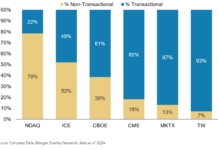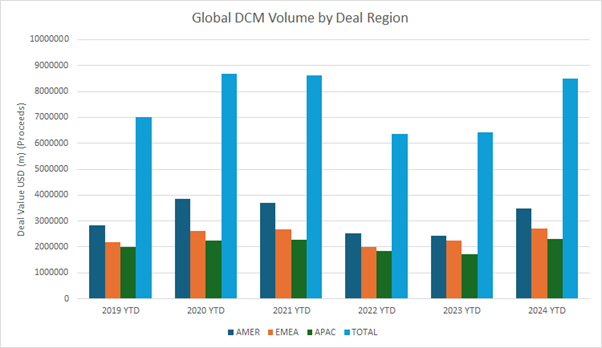The UK’s Financial Conduct Authority (FCA) has told asset managers to increase their focus on liquidity risk, stating gaps in liquidity management could lead to a risk of investor harm.
The regulator’s review found some firms demonstrated very high standards but also a wide disparity in the quality of compliance regarding regulatory standards and depth of liquidity risk management expertise. Additionally, the FCA found a minority of firms in the review had inadequate frameworks to manage liquidity risk.
Camille Blackburn, director of wholesale buy-side at the FCA, said: “We have seen examples in the market where liquidity risk has crystallised and the impact this can have on investors. This review should serve as a warning to all asset managers that they need to get this right.” Best practice points around governance include:
• A focus on liquidity management from the top of the organisation. Those firms with a separate liquidity risk management committee charged with either managing liquidity specifically or having a customer protection focus, generally do a far better job at managing liquidity risk. This, along with a liquidity risk appetite statement demonstrates commitment from the top of the organisation and permeates all other aspects of managing liquidity.
• Established and documented protocols for escalating issues and increasing governance frequency during volatile market conditions.
• Creation of a liquidity ‘playbook’ outlining governance actions and escalations to be followed when liquidity stress testing triggers are activated, and in preparation for various market scenarios.
• Detailed liquidity reporting, presented to the Board and Governance Committees, including trends of redemptions and ‘change flags’ on the evolution of liquidity buckets within funds and strategies, particularly when redemptions and deteriorating liquidity coincide.
• An internal governance framework that has appropriate representation from all areas of the organisation, including risk and distribution, while having robust internal conflicts management in place.
• Thorough scrutiny of the least liquid ‘buckets’ for liquidity, portfolio turnover, valuation, and use of dilution adjustments.
• The willingness to challenge investment managers about their funds’ liquidity and the composition of portfolio transactions undertaken to meet investor redemptions.
• Building consideration of longer notice periods or redemption tenors for funds with a high proportion of less liquid assets into product governance.
The review found that while the tools for effective liquidity management were usually in place at firms, these lacked coherence when viewed as a full process and were not always embedded into daily activities.
Additionally, many firms attach insufficient weight to liquidity risk management in their governance oversight arrangements, as well as insufficient challenge and escalation, particularly in volatile environments. Some firms’ models assumed that they would always sell the most liquid assets, without ever giving regard to the liquidity of selling a ‘vertical slice’ of the portfolio.
The risks created by the selling of more liquid assets first were brought to the fore when funds run by Neil Woodford collapsed in 2019 after redemptions led to the sale of the most liquid assets, and the ownership of illiquid assets stymied further redemptions. While firms typically had governance and organisational arrangements in place to meet large one-off redemptions, many did not have sufficient arrangements in place to oversee cumulative or market-wide redemptions that could have a significant impact on a fund. There were also wide variations in the application of anti-dilution tools such as swing pricing, which could affect the price investors receive when redeeming.
“We expect boards to discuss our findings and assure themselves that their firms are not amongst the minority with serious gaps in managing liquidity risk. It’s vital the outliers take quick action. They risk regulatory intervention if they don’t take this opportunity to address weaknesses,” Blackburn added.
©Markets Media Europe 2023

























